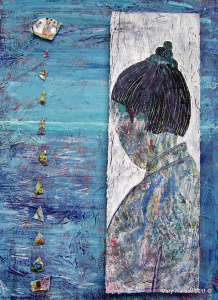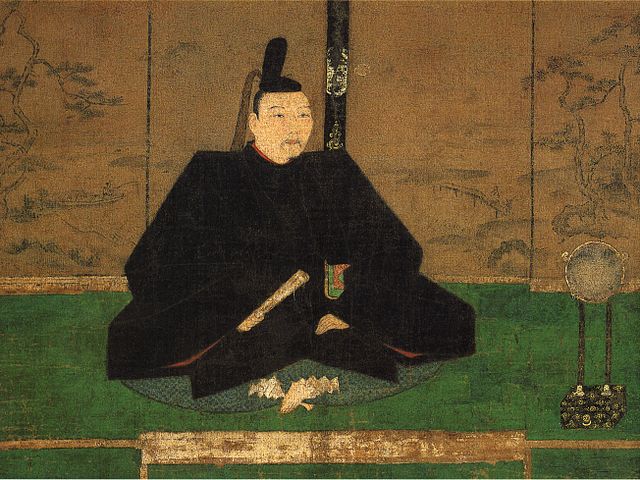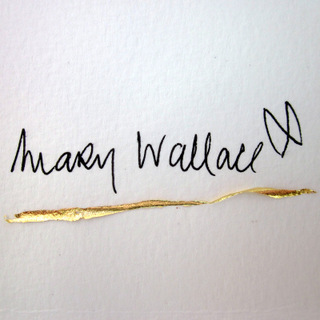Precious Bowls

Japanese Influences in my Work
For a while now I have been painting vessels - particularly chawan: the bowls used for drinking tea in Japan. There is something special about my tea bowls. They are precious. Bowls which have been broken and then given a new life. They have been repaired with pure gold.
We have all had that experience at one time or another: something cherished, a treasured piece, a loved object falls and is broken. We pick up the pieces and quell the heartbreak. Suppress the anger if we can. What can be done? It is broken. Over. Sweep up the splinters and throw it away.
How many times have you actually kept the pieces? Not wanting to let go. I know I have kept things, full of great intention that the pieces will be used for some new project. Perhaps it's the artist in me that doesn't want to let the beauty go.

The River Merchant's Wife ©
I have in the past used broken porcelain in my paintings. The River Merchant's Wife is one example.
My current work, the Precious Bowls series, is inspired by the Japanese artform kintsugi - the repair of broken porcelain using gold. The Japanese see the break as integral to the object and value this imperfection as part of it's history. By using gold the flaw is not hidden, but is given respect, and the preciousness of the piece is enhanced.The concept wabi-sabi represents Japanese aesthetics and the acceptance of transience and imperfection; beauty that is "imperfect, impermanent, and incomplete". This is also reflected in the philosophical idea of embracing beauty in imperfection, acceptance of change and fate as aspects of human life. As we heal from damage, loss, grief or trauma we are strengthened and become better from these experiences.

Ashikaga Yoshimasa ( Wikipedia)
Kintsugi is thought to have originated in the late 15th century, when the favourite tea bowl of the shogun, Ashikaga Yoshimasa, was broken and sent for repair. When it was returned to him, the pieces held together with ugly metal staples, the shogun was furious and ordered the Japanese craftsmen to look for a more aesthetic solution. They repaired it with gold and he was delighted with the result. His beloved bowl had been restored to it's former beauty and made even more precious by the use of gold. Collectors became so enamored with the new art that some were accused of deliberately smashing valuable pottery so it could be repaired with the gold seams of kintsugi. Kintsugi became closely associated with ceramic vessels used for chanoyu (Japanese tea ceremony).
I have also become fascinated by the perception of colour in Japan and have named my Precious Bowls after Japanese colour descriptions eg hanadu is the colour of blue silk traditionally used in kimonos; nanohanacha is the colour of a rapeseed blossom; hokesi means gemstones. The word for each colour conjures up an image in itself.
During a recent exhibition I had many conversations with people who felt a resonance with this work. For such a small image the precious bowl carries a strong message. I enjoyed very much the engagement and discovering the reaction to my bowls and how they made people feel.
I have also found a great wellspring of resources as people encouraged me to find out more about Japan, it's people and the ways of life there. Many books were recommended to me which will keep me busy for the next wee while. Perhaps, who knows, I will get to visit Japan and experience the place and it's people firsthand.

